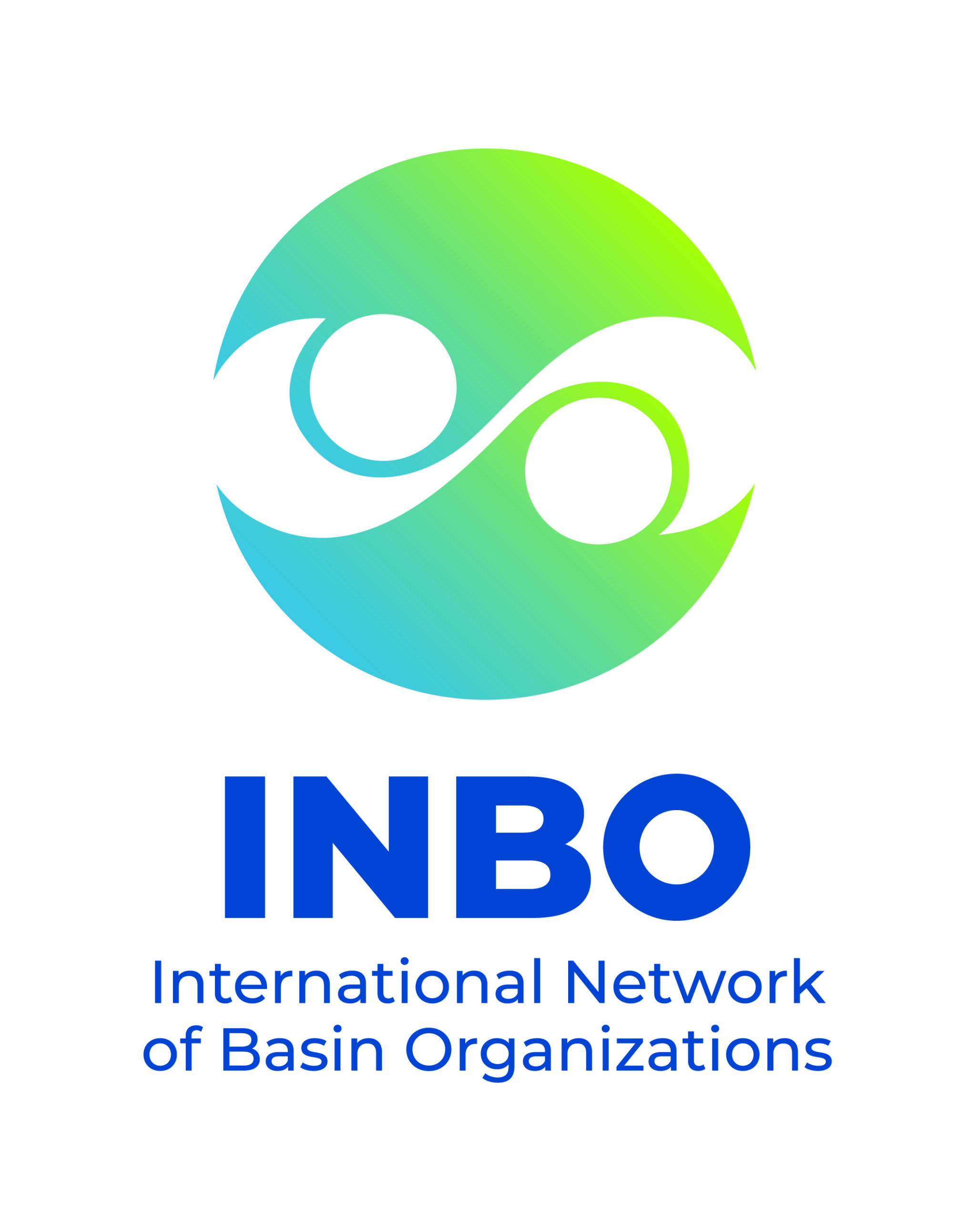By 2050, nearly 6 billion people will live in cities, placing immense strain on water resources and risking severe shortages. To ensure sustainable and equitable water use, we must adopt Integrated Water Resources Management (IWRM) to reconnect cities with their natural water basin on which they depend. Simultaneously, Citywide Inclusive Sanitation (CWIS) is crucial for integrating safe and sustainable sanitation into urban planning for everyone.
November 11, 15:30 - 16:30
Most of the world’s population lives in cities and there will be nearly 6 billion people in urban areas by 2050. This concentration of population creates challenges, as well as opportunities. Major cities around the world are at risk of running out of water: Cape Town, São Paulo, Mexico, Tokyo, Beijing, Jakarta, Bangalore, Melbourne or even London (in the next 25 years and due to various factors, including an aging water supply network, a booming population and climate changes) being notable examples.
It is therefore essential to build capacities for collaborative actions of Integrated Water Resources Management (IWRM) that (re)connect cities and their hydrographic basins and reconcile the technical cycle of urban water with its natural cycle: this would contribute to a more optimal and sustainable use of water resources. The natural cycle of floods and droughts cannot be ignored and should be integrated in urban planning to ensure urban water resilience in light of a changed climate.
It is equally important to strengthen Citywide Inclusive Sanitation (CWIS), since it provides a robust framework for integrating sanitation into IWRM and wider urban planning by defining sanitation as a public service that must achieve equitable, safe, and sustained outcomes for everyone.
Introduction (5 min):
Moderation (5min)
Keynote (15 min):
Panel (30 min):
10 minutes per speaker, tbc
Conclusion

